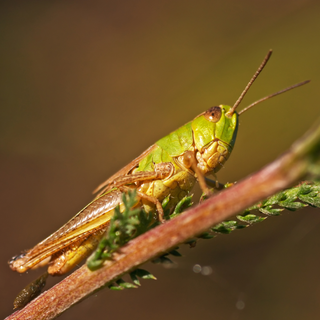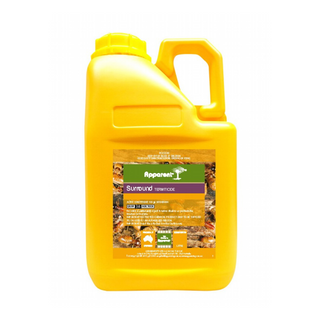Latin name: Caelifera
Grasshoppers belong to the Caelifera suborder and represent one of the earliest lineages of herbivorous insects that chew their food. Their history stretches back to the early Triassic period, approximately 250 million years ago.
These insects are mainly terrestrial, using their robust back legs to jump great distances to evade predators. Their front legs are shorter and designed for holding food. Grasshoppers develop through incomplete metamorphosis, starting life as an egg, then emerging as a nymph, or "hopper," which goes through five shedding cycles, gradually resembling the adult form more closely with each moult. Grasshoppers listen via the tympanal organ in the first abdomen near the thorax. At the same time, their compound eyes allow them to see, and their simple eyes detect changes in light intensity. In certain environmental conditions and at high population levels, some species can undergo a colour and behavioural change, forming swarms known in this phase as locusts.
While predominantly herbivores, some grasshoppers can become significant agricultural pests, a fact that should raise concern. When they swarm as locusts, they can lead to the destruction of crops including grains, vegetables, and pastures across large expanses. They primarily rely on blending into their surroundings for protection against predators, a strategy that can be detrimental to our food sources. However, when threatened, many can surprise predators with a sudden display of vivid colours from their wings as they jump, and adults may fly short distances to escape. Like the rainbow grasshopper, certain species employ aposematic colouration to ward off potential threats. Parasites, diseases, and numerous predators pose threats to both nymph and adult grasshoppers, and their eggs are at risk from parasitoids and predatory attacks. Grasshoppers are diurnal, being most active during daylight hours, a time when they can cause the most damage to our crops.
SOLUTIONS:
- Contact: Apparent Surround


